Salt is not only a spice but also one of the most vital components of all living organisms. Salt is a source of positively charged sodium and negatively charged chloride ions. That is why it is the most important mineral in the food habits of the people. Ions play an important role in the exchange of fluids in the body, but also act on the nervous system, digestion, affect bone structure.
Salt, or sodium chloride are the same substance, known as the chemical formula NaCl. Sodium chloride is one which depends on the salinity of the water in the seas and oceans and the intercellular fluid of many multicellular organisms.
People know this mainly as a seasoning salt whose tastes exacerbate food and makes it more appetizing and delicious. Salt is widespread as a flavor enhancer and food preservative. Thanks to iodization with potassium iodate salt is created and in practice the is no limit on the term of lasting of the product and its nutritional and mineral prime costs. There are several types of salt: sodium, known as salt, potassium, iodine, fluoridated salt.
History and origin of the name Salt
The origin of the word salt should be sought as early as the Roman and Greek civilization. In those early centuries, salt was one of the most valuable commodities. The name comes from the Latin sol - sal. The French word solde means "balance, balance payment" and the Russian word soldat - "soldier, " is connected with the French. Once the Roman soldiers were paid in salt rations instead of money, or received special rations to be able to buy salt.
From Salarium argentum comes the word salary in some European languages. Widespread practice among the soldiers of the Roman Empire was that they added salt to vegetables.
Salt that people consume today is not pure sodium chloride. About 100 years ago for the first time salt was added to magnesium carbonate, which creates a bulk form. In 1924 very small amounts of iodine in form of sodium iodide, potassium iodide or potassium iodate were found.

Selection and storage of salt
Buy well-packaged salt, with outlined composition and durability. Keep salt in a dry and cool place, with no access to water. If you want to store salt in the salt shaker for longer without hydrating it, just add a few grains of rice.
Application of salt
Many microorganisms can not live in a salty environment: water is extracted from their cells by osmosis. So salt is widely used both in cooking, the preparation of various parts and as a preservative to keep certain foods - mostly meat and fish. Salt is a good helper and disinfects wounds. Apart from cooking, salt finds applications in many other areas.
A little known fact is that it is used for pulp and paper dyeing of textiles and fabrics, production of soaps and detergents. Today salt is obtained by evaporation of sea or salt water from other sources, such as brine wells or ponds, and also by mining rock salt.
Experts advise to choose low in salt foods. It is advisable to reduce the consumption of canned food, sausages, salted fish, pickles, salt brined cheese and salty olives - these must be soaked in water for some time. When cooking, food should be treated with a little salt and no salt afterwards. Nuts are especially useful as food to eat unsalted. To avoid any bad influence from salt, eat foods rich in potassium (fruits, fresh vegetables) that work well in blood pressure.
Benefits of Salt
Known as white death and one of the three nutrients that most need to be careful, salt has many important actions on the human body. Iodized salt has the ability to remove the risk of goiter. This disease occurs when the shortage of soil elements in certain geographic areas required for the synthesis of thyroid hormone by the thyroid gland. Depending on the concentration of sodium ions in the blood, levels of body fluids are regulated.
The recommended daily dose of salt for adolescents and adults in the UK is up to 4 grams of salt (99% NaCl) or 1.6 grams of sodium per day. More than 6 grams of salt a day is harmful. In Canada, the standard says that it is permissible to 3.5 grams of salt or 1.5 grams of sodium per day, a dose considered marginal consumption of the more than 5.5 grams of salt per day. In the U.S., the recommended limits are a maximum of 5.8 grams of salt a day.

Iodized salt is used to prevent iodine deficiency. It occurs when you eat foods low in iodine or radioactive contamination. Iodine deficiency leads to thyroid problems, which are essential for proper metabolism in the body. Fluoridated salt contains fluoride, which in turn is important for dental health.
Dangers of salt
Contraindications to the sugar, salt and flour, are the reason these products are popular today as variants of "white death". It is believed that they are related to obesity and many chronic diseases of adulthood. Excess salt can lead to migraine headaches. Salt tends to cause abnormally high fluid retention, which in turn can lead to dizziness and appearance of swelling in the legs, increases excretion of potassium in the urine, which prevents the recovery of protein in the diet.
An overdose of potassium has a diuretic effect - leading to loss of water and calcium excretion. In excess doses of potassium, salt intake is dangerous because it can lead to life threatening conditions such as dehydration, muscle cramps and massive heart attack. Iodine deficiency leads to thyroid problems that have effects on proper metabolism in the body.
In a modern developed world, we consume unnecessarily large amounts of salt, which leads to a number of serious risks to human health. This leads to increased blood pressure in some people, which in turn increases the risk of heart attack or stroke.
The standard requires the amount of potassium iodate in the salt composition to be between 28 and 55 mg/kg (ppm), which corresponds to 28 to 55 g of potassium iodate per ton of salt. Toxic dosage for adults is more than 12, 357 grams per kilogram per day intake.
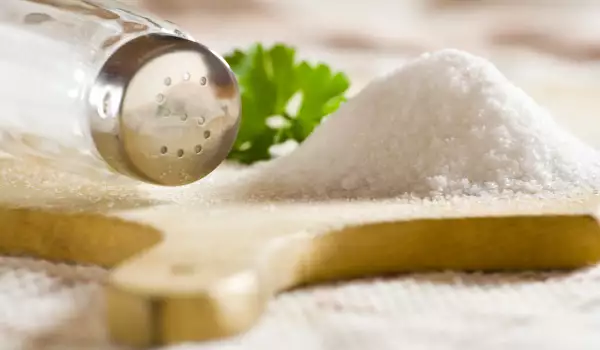

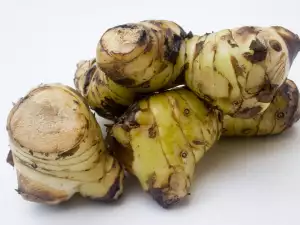

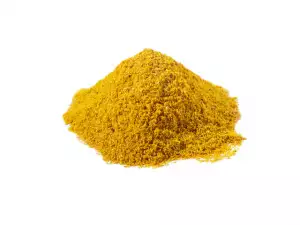

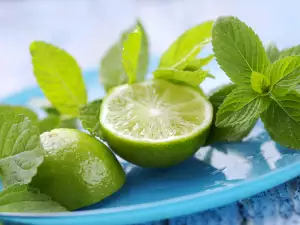
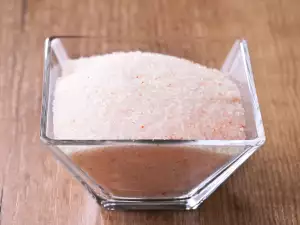

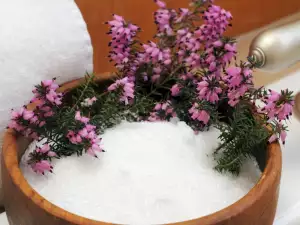
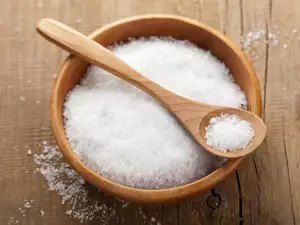
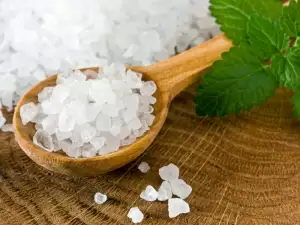








Comments